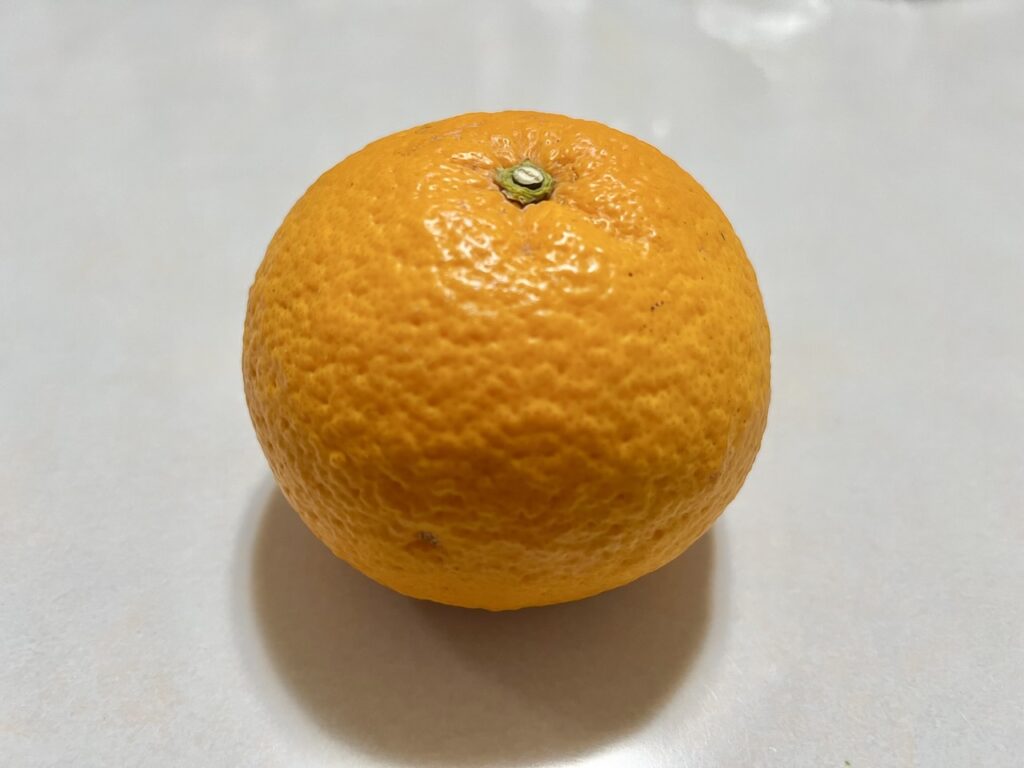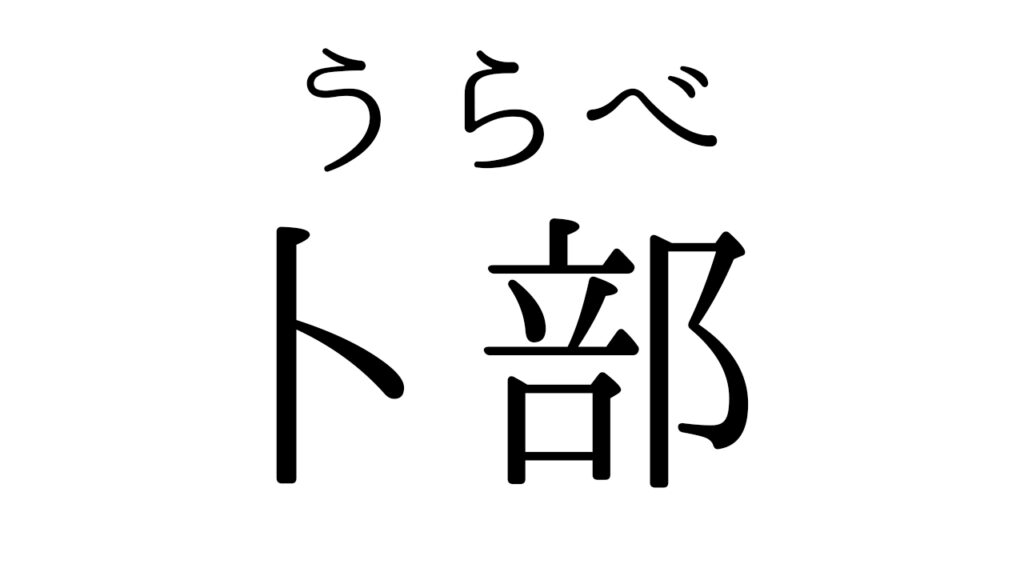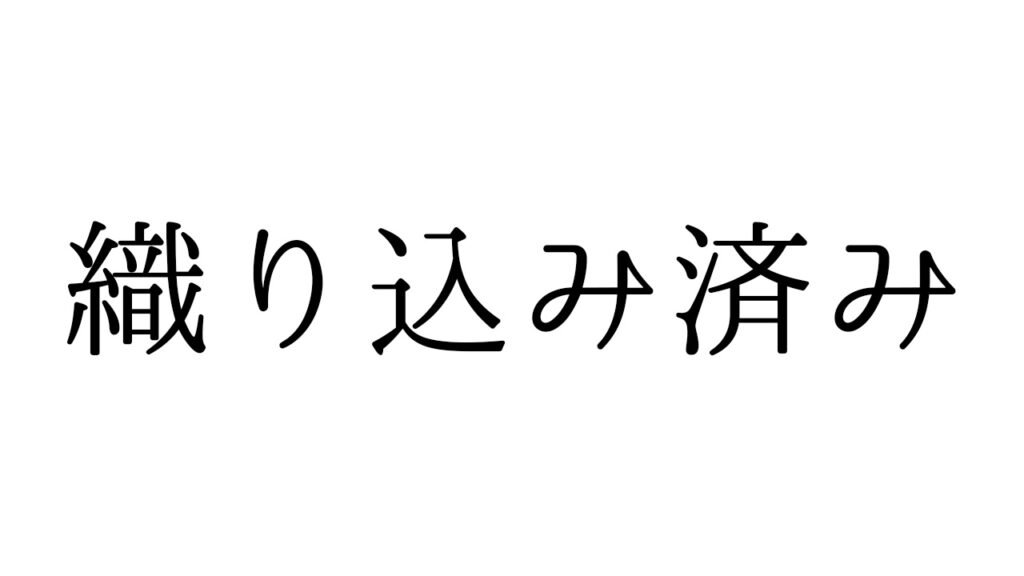A Burst of Citrus as Spring Turns to Summer
As spring fades into summer, Japanese supermarkets become colorful showcases of vibrant citrus fruits.
Among them, amanatsu, natsumikan, and hassaku often catch the eye — but with their similar appearances, it can be tricky to tell them apart.
In this guide, we’ll break down the unique traits and peak seasons of each fruit, so you can enjoy them at their best.
(And at the end, we’ll reveal the answer to a little quiz: Which citrus fruit is pictured at the top of this article?)
Amanatsu: Sweet, Refreshing, and Ready to Eat
- Origin: Oita Prefecture (now mainly grown in Kumamoto)
- Also known as: Kawano Natsudaidai
- Flavor Profile:
- Low acidity
- High natural sweetness
- Best Enjoyed: Fresh, as a dessert fruit
- Peak Season: April to May
Amanatsu is a natural mutation of natsumikan, offering a sweeter, gentler flavor that’s easy to love.
When you see bright, smooth-skinned citrus in spring, it’s often amanatsu waiting to brighten your day.
Natsumikan: Tart and Perfect for Processing
- Origin: Japan (traditional summer citrus)
- Formal name: Natsudaidai
- Flavor Profile:
- High water content
- Sharp acidity
- Best Enjoyed: As jams, marmalades, and juices
- Peak Season: May to July
Natsumikan’s tart punch makes it less common for fresh eating, but it shines when processed into flavorful spreads and refreshing drinks.
Hassaku: A Unique Balance of Flavors
- Origin: Hiroshima Prefecture (now mainly grown in Wakayama)
- Naming Note: “Hassaku” refers to the first day of the eighth lunar month — when the fruit was traditionally enjoyed.
- Flavor Profile:
- Mild sweetness
- Bitterness and gentle acidity
- Lower water content than other citrus
- Best Enjoyed: Fresh, with a refreshing, sophisticated taste
- Peak Season: February to March
If you’re looking for a citrus fruit that balances sweetness with a pleasant bitterness, hassaku is a perfect choice.
Quick Summary: Comparing the Three
| Fruit | Flavor Profile | Best Use | Peak Season |
|---|---|---|---|
| Amanatsu | Sweet, low acidity | Fresh eating | April–May |
| Natsumikan | Tart, high water content | Processing (jam, juice) | May–July |
| Hassaku | Balanced sweetness, bitterness, acidity | Fresh eating | February–March |
Each citrus fruit has its own charm — from sweet to tart to refreshingly bitter — so choosing according to your mood (and the season!) can make for a delicious experience.
And the Quiz Answer Is…
At the start, we asked: Which citrus fruit is pictured above?
The answer is… Amanatsu!
Did you guess correctly?
Next time you’re shopping for citrus, you’ll be ready to spot the differences — and savor each variety at its peak.


